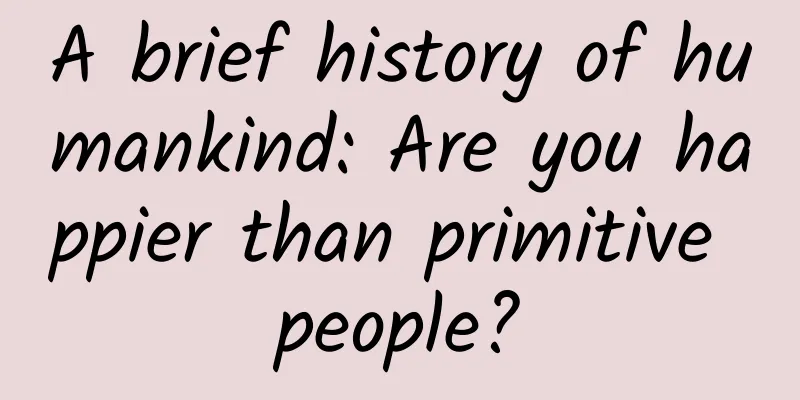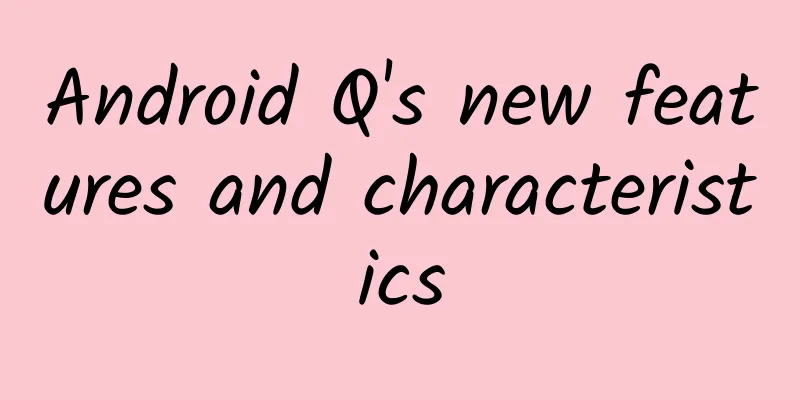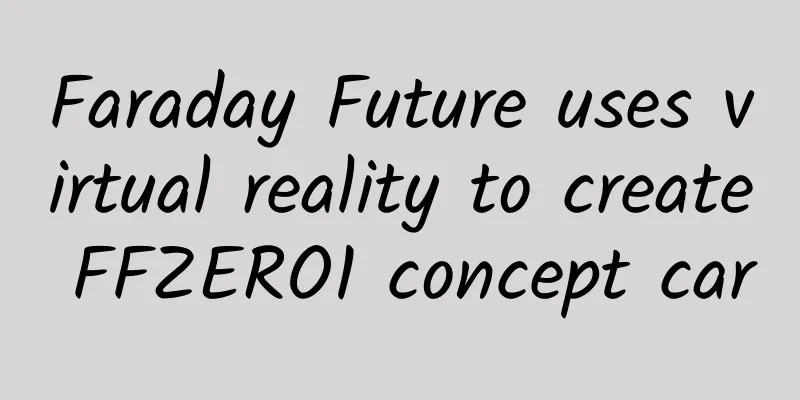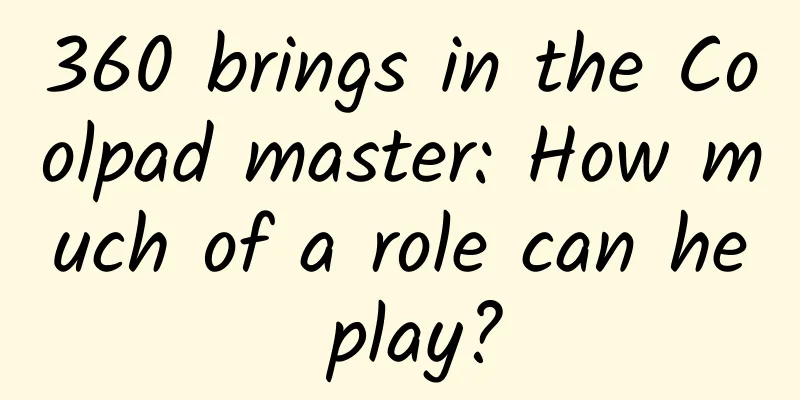A brief history of humankind: Are you happier than primitive people?

|
I have read Yuval Noah Harari's Sapiens: A Brief History of Humankind in recent days. His understanding of human history is different and can give us more inspiration. Today I will talk about some interesting things in this book. Humans have been used to a life of ease and comfort, and no natural enemies. They have become accustomed to the top of the food chain, but we are not born to sit in this position. The tools used by primitive humans are mainly used to crack bones and obtain marrow. In other words, if a giraffe is running on the grassland, the lion must eat the meat first, and the hyena or jackal will wait to pick up the leftovers. Primitive humans can only wait for these beasts to have a full meal and then dig out the remaining tissue from the bones. At that time, humans were not much different from ordinary animals. They hunted small animals and gathered fruits from plants. They were also regarded as dinner by large carnivores. They stayed in the middle of the food chain for millions of years. If nothing unexpected happened... As expected, something unexpected happened... **1.** Extinction of other human species According to the general law of nature, a "genus" should contain different "species". For example, there are 6 small species in the genus Felis of the family Felidae: jungle cat, desert cat, black-footed cat, wild cat, desert cat, and domestic cat. Although there is reproductive isolation between different species of the same genus, they are still related. The black-footed cat is similar to the domestic cat, but is not the same species. Hundreds of thousands of years ago, there were at least six human races in the Homo genus of the family Homo, but modern humans all belong to the "Homo sapiens" species, and all other human races have become extinct. Just like the plot in a palace drama, after becoming the only heir to the human race, "Homo sapiens" kept silent about this past. From left to right: Homo rudolfensis, Homo erectus, Neanderthal What did Homo sapiens do after leaving Africa? There are two theories in the scientific community. The "interbreeding theory" holds that whenever Homo sapiens arrived in a region, they interbred with the local people until the two populations merged together to form today's humans. The "replacement theory" holds that Homo sapiens has formed reproductive isolation from other human races, and competes with local people for resources in every area they arrive in. Other human races are at a disadvantage in the competition, and may even be slaughtered and completely replaced by Homo sapiens. No matter what happened, the native human populations everywhere quickly became extinct following the footsteps of Homo sapiens. About 50,000 years ago, Denisovans and Homo erectus became extinct in Asia; about 30,000 years ago, Neanderthals withdrew from the stage of history; about 10,000 years ago, the short Floresian people disappeared from Flores Island... Homo sapiens eventually became the only human. **2.** Become the king of animals As Homo sapiens left Africa, not only other human species disappeared, but also countless large animals. 45,000 years ago, Homo sapiens landed in Australia, and 23 of the 24 species of animals weighing more than 50 kilograms on the island became extinct. 16,000 years ago, Homo sapiens landed in America, and 34 of the 47 genera of large mammals in North America disappeared, and 50 of the 60 genera of large animals in South America disappeared. Some people say, how can the extinction of animals be blamed on Homo sapiens? Could they have become extinct because of climate change?
**3.** Cognitive Revolution Other human races, like Homo sapiens, have larger brains, can walk upright, use tools, and even learn to use fire. Why did Homo sapiens defeat other human races? Why didn't other human races complete the mission of conquering the world? This is related to an accidental event that happened to Homo sapiens - the cognitive revolution. 1. Social and communication Communication between animals is very simple. Ants communicate through chemical substances, bees convey information by dancing, and a green monkey can use different sounds to convey two signals: "Be careful of lions!" and "Be careful of eagles." The special thing about human communication is that we can not only describe things with language, but also create things with language. When primitive people see lions and deer by the river, they can not only convey the current status of the lions and deer to other people in the tribe, but also deploy action plans and instruct everyone how to drive away the lions and how to divide into three groups to encircle the deer. But the connection points of this social ability are limited. Most people cannot establish truly close connections with more than 150 people. How to maintain social relationships with more than 150 people? How to gather tens of thousands of people to build a spacecraft or a nuclear warhead? Even worse, how to build a city with tens of thousands of residents or a country with hundreds of millions of people? The answer may be outrageous. Humans rely on making up stories. 2. Imagined reality A story is an imagined reality, or fiction, and it is different from a lie. If there was no lion, and a green monkey sent out a false signal "Beware of the lion!", the green monkey who sent out the false signal was lying. He wanted other green monkeys to jump up the tree to avoid the lion, and take the opportunity to collect the fruits under the tree. The imaginary reality that humans believe in is not an objective existence, but it can be considered a subjective consensus. For example, if everyone believes that "lions are the guardian gods of the tribe", everyone will follow the same code of conduct to avoid angering the gods. If a human tells a story to an orangutan, saying "I am starving to death, you give me your bananas, and after you die you can go to a paradise full of bananas", do you think the orangutan will believe it? Large-scale cooperation is possible only with shared rules of conduct. Humans can cooperate without knowing each other, form groups of more than 500 people, and trade food resources with people on another island, but chimpanzees cannot. Fiction not only exists in primitive society, it also keeps modern society running. Two Catholics who have never met may join the Crusades together because they both believe in religious myths; two soldiers who do not know each other may risk their lives to save each other on the battlefield because they both believe in national myths; two unfamiliar lawyers may work together because they believe in fairness, justice, and - the lawyer's fees paid to them. 3. The story of Peugeot We use the story of Peugeot to further understand the concept of "imagined reality". Peugeot is a European car manufacturer that originated in a small village in France. Now it is a multinational company with nearly 200,000 employees from different countries. Most of these people do not know each other, but with their cooperation, Peugeot has produced millions of cars and created tens of billions of revenue. The evolution of the Peugeot logo Now there is a question: Does Peugeot exist objectively? The cars produced by the company exist objectively, but if all the cars that have been produced are scrapped overnight, Peugeot can still continue to produce new cars; the factory, equipment, and office space exist objectively, but if a disaster destroys all of them, Peugeot can still buy new sites and equipment; then can Peugeot's employees represent the company objectively? Even if all employees leave, Peugeot can still recruit new employees to form a new team. Even if all shareholders sell their shares, the company itself still exists. So how do you make a company disappear? As long as the judge orders the company to be forced to go bankrupt and dissolve, even if Peugeot's people, sites, and cars still exist, the company will no longer exist. A limited liability company is a legal fiction that is established according to a certain agreed procedure and disappears according to an agreed procedure. It is a fiction and does not exist objectively. But this fiction is extremely important because it helps humans cooperate with each other. If people do not believe in the existence of money and companies, the global trade network will collapse. 4. Fast Track As long as everyone believes in the same story and has the same belief, the power of cooperation will be extremely strong. Humans have not only discovered this power, but also discovered that changing the virtual story can change the way humans cooperate. In 1789, the story that the French believed in changed from "the natural right of kings" to "the natural right of men," establishing a new way of cooperation. The social behavior of other animals is mainly determined by genes. Bonobos live in egalitarian groups led by female alliances, while common chimpanzees live in hierarchical groups headed by alpha males. The common female chimpanzee will not learn from her close relatives and launch a feminist revolution; male chimpanzees will not hold a constitutional convention to abolish the alpha male. Only when the genes of animals change will their behavior change accordingly. Bonobos From communicating about objective things, to believing in common myths, to changing the way of cooperation by rewriting stories, this is a cognitive revolution. After ancient humans had mutated genes such as larger brain capacity and upright walking, they learned to make tools and use fire, but they were still restricted by genes and stayed in the middle of the food chain for millions of years. It was not until the cognitive revolution 70,000 years ago that humans bypassed the often congested road of "genetic evolution" and took the fast track of "cultural evolution" using constantly changing virtual stories. **4.** Are you happier? 70,000 years is not a long time in the evolution of species. Many behaviors of modern people still originate from ancient genes. Gluttony gene Why are high-calorie foods always so attractive to us? This is perfectly normal in the primitive gathering age. If a woman in the Stone Age came across a fig tree, the wisest thing to do would be to eat until she could not eat any more, and then fill up the bag she was carrying. Otherwise, when the baboons around discovered the tree, she would not be able to eat any fruit. This desire for high-calorie food has been engraved in our genes, and a refrigerator full of food at home is like a bag in the Stone Age. Ancient Commune In ancient times, Indians believed that a child is the combination of all the sperm in the mother's body. Therefore, pregnant mothers should collect more excellent genes and give the best hunting, strongest, and best storytelling DNA to the child in the belly, so that the child has the best characteristics. Therefore, the gathering tribe does not have a monogamous family system. A group of people live together and raise the next generation together. Some people believe that the "ancient communal" lifestyle still exists in our genes, which is one of the reasons why humans in modern society frequently cheat. Of course, some people oppose this theory and believe that monogamy also existed in ancient times. However, there is limited archaeological evidence left over from the gathering era, so we cannot know which way is the mainstream. Highly educated people Archaeological evidence shows that the brain size of Homo sapiens has actually been decreasing from the gathering age to the modern age! This is incredible! In order to survive, humans in the gathering era had to have a considerable knowledge reserve. They had to know the growth cycle of each plant, the living habits of each animal, and even the water volume of each river; they had to judge which food was edible, which signals indicated the coming of the rainy season, and which signs indicated that there were dangerous beasts nearby; they had to learn how to set traps, how to deal with avalanches, snake bites, or escape from tigers' mouths. To survive in that era, everyone had to have a wealth of knowledge and diverse skills. There is no doubt that the overall amount of knowledge in modern society has increased, but everyone does not need to master all the knowledge. After the agricultural revolution and the industrial revolution, we can rely on the fruits of others' production to live. We do not need to build a car by ourselves to enjoy the convenience brought by cars. The low-ability people also have a living space, and genes can be passed on. Affluent Society With their superior intelligence and diverse skills, people in the forage era only needed to hunt once every three days and gather for 3-6 hours a day to feed the entire tribe. The working hours would vary depending on the living area or season, but even living in the most barren desert areas, foragers only needed to work 35-40 hours a week. The average working hours of modern people are 40-45 hours per week, and some developing countries can even work 60-80 hours. In contrast, foragers have plenty of time to gossip, tell stories, and spend time with their families. Although they may encounter tigers or snakes, they don't have to worry about car accidents and infectious diseases. Healthy Living Fossil evidence shows that foragers rarely had malnutrition problems, and they were generally tall and healthy. This was mainly due to their diverse diets and sufficient exercise. In addition, humans at that time had not yet begun to domesticate animals, and the only animal that was relatively close was the dog. Therefore, at that time, influenza, smallpox, and measles had no chance to spread to human society through poultry. Even if there were occasional cases, there were no high-speed trains and airplanes in the forage era, and the virus could not be brought to all parts of the world. In modern society, infectious diseases from wild animals such as the new coronavirus can also spread in human society with the help of developed transportation conditions. but…… Are humans in primitive societies necessarily happier than we are because they ate a diverse diet, had shorter working hours, and had no infectious diseases? There was a gathering tribe called the Ache people, who had customs that seem difficult to understand now. For example, when a valuable tribe member died, a little girl would be killed to be buried with him; some members who fell ill and could not keep up with the tribe's pace would be abandoned in the wilderness; old Ache women became a burden to the tribe, and young men would probably chop her head with an axe... But on the other hand, they didn't have much material but were very generous. There was no distinction between high and low status in the tribe, and they were not obsessed with success and wealth. What they valued most was good interpersonal relationships and sincere friendship! Tell me, who is happier compared to modern people? END In "Sapiens: A Brief History of Humankind", we seem to see an unfamiliar historical face. The extinction of other human races and animals should cause us to think deeply. After humans became the top of the food chain, they began to manipulate the lives of animals and plants and transform nature. This is how the agricultural revolution, industrial revolution and scientific revolution came about. Has the advancement of productivity really brought liberation to mankind? Please look forward to "Sapiens: A Brief History of Humankind (II)". About the author: Liu Jin Moli, special contributor, graduated from Beijing Normal University. |
>>: The "Science" research vessel: a mobile laboratory sailing in the deep ocean
Recommend
Self-marketing personal IP creation course
Learn to master: Build personal IP, let customers...
Watch a short video every 3 minutes? Miaopai is just a game that inflates the number of views by 500 times
Miaopai is really brave On September 22, the cost...
What you see as red is actually cyan? How our eyes are tricked
First, let's look at a picture together. Is t...
JD Power: 2022 China New Energy Vehicle Customer Experience Value Research
Recently, JD Power released the 2022 China New En...
Can you fight chronic inflammation by eating? The anti-inflammatory fighter on the dining table
Audit expert: Peng Guoqiu Deputy Chief Physician,...
If China’s space station is so expensive, why does it still need to carry six iron balls weighing one ton?
When launching a rocket, all the load must be use...
Characteristics of several common distribution channels such as Weibo and Tik Tok!
If you choose the right promotion channel , you w...
The history of cars “borrowing power”: Will humans be able to drive “nuclear-powered” cars in the future?
Author: Duan Yuqin, Duan Yuechu, Huang Xianghong,...
Li Xingxing: Practical Editing Training Camp
Li Xingxing: Editing Practice Training Camp Resou...
Unveiled today! What’s different about the National Botanical Garden?
April 18 National Botanical Garden Officially unv...
How to view Huawei Software Development Cloud's implementation of DevOps in the era of microservices
[Original article from 51CTO.com] Cloud computing...
Former Faraday creative director appointed Aston Martin chief technology officer
According to foreign media reports, Aston Martin ...
20 rules for short video ads to go viral!
Brand advertisers want to achieve results, and pe...
Will AI understand the universe better than humans?
With the ability to quickly and accurately proces...
From 0 to 1, play with short video promotion and operation on Tik Tok!
Today we will share the following 5 major section...









